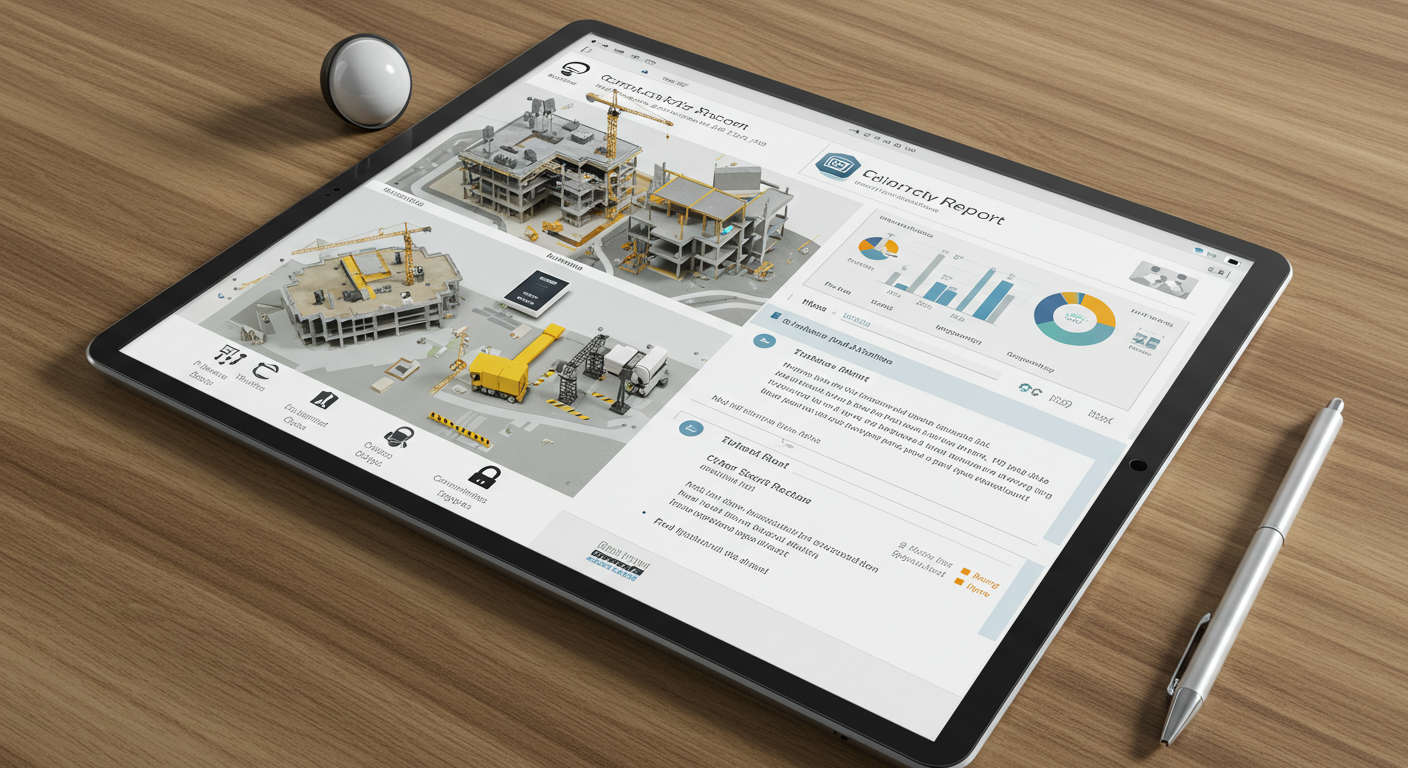Protect your valuable property with these proven safeguards.

When that shiny new boom lift or wheel loader shows up at your jobsite, it’s easy to get excited about what it will do for your business. It’s also easy to forget that you’ve just added a ripe new target for heavy-equipment thieves.
Heavy equipment is a prime target for thieves because it’s quite valuable and often relatively unprotected, especially on construction sites. While construction projects tend to slow down in the winter, theft does not. In fact, work sites are usually less active and equipment is more likely to be left unattended during the winter, making it an even more tempting target.
Below, we’ll dive into the facts about heavy-equipment crime and what you can do to avoid it.
A few stats on heavy equipment theft
The National Equipment Register (NER), which tracks equipment ownership and theft, says that when the economy is good, theft goes down, but when uncertainty reigns, it rises. And, no surprise, equipment theft has been on the rise in recent years – from dealerships, job sites, and storage facilities.
The NER’s most recent survey, from the 2022 Thanksgiving holiday (starting the Tuesday before Thanksgiving and ending the Monday after) contains some striking figures:
- 163 incidents were reported across the U.S., with a total loss value of $3,792,682
- The top five targeted states were Texas, Florida, Georgia, Oklahoma, and Tennessee
- The top equipment types targeted were skid steer, utility cart, and tractor
Equipment thieves are notoriously fast at their work. They usually operate under cover of darkness, but sometimes show up in broad daylight with fake work orders that allow them to quickly load up equipment and drive away before anyone’s the wiser. Equipment theft, which includes air compressors and generators, costs the industry as much as $1 billion every year, according to the National Insurance Crime Bureau.
Why steal heavy equipment?
There are many reasons why heavy equipment is irresistible to a certain brand of thief. These include:
- Heavy equipment is in high demand thanks to record supply backlogs.
- As mentioned earlier, there’s often little or no security at worksites, especially in winter.
- It’s easy to resell, difficult to track, and has a low recovery rate. Most heavy equipment uses product identification numbers for reference, a lower standard than for cars and trucks, and registration isn’t required.
- If a stolen item is recovered, arrests are rare and penalties light.
With all that going in the thieves’ favor, how can you protect your valuable property? The best way to guard against heavy equipment theft is to adopt a comprehensive security program, including a solid perimeter, tight storage, accurate inventory, and a monitored camera system.
Secure the perimeter
Thieves who steal heavy equipment mean business, so your perimeter has to as well. A complete, eight-foot-tall fence or gate that runs right up to neighboring businesses is the best way to go. Regularly patrol the perimeter to make sure it hasn’t been weakened or breached. It’s not hard for thieves to loosen fence posts, for example. Set up strong posts at all gates that make it impossible to remove heavy equipment.
Lights are the other key part of a secure perimeter. Illuminate the ground and buildings to at least 2 foot-candles. This will cut down on shadows and provide fewer places for crooks to hide. Use LED bulbs, which shed more light and use less power. Check light fixtures regularly.
Lock up equipment tight
Don’t leave heavy equipment sitting out, even if your site is in a remote location. Move everything into service bays or other secure buildings. And organize your site with visibility and lines of sight in mind. Keep equipment spread out so that crooks can’t hide in clusters. Keep tools in lockable gang boxes that are strapped to a bigger piece of equipment.
While trailers are your friend when you’re on the job, they’re also an open invitation to thieves. Any mobile equipment should be secured mechanically with tools such as tire locks, ignition bypasses, trailer hitch locks, and fuel cutoffs.
Keep an accurate inventory
Dot every “i” and cross every “t” when it comes to keeping track of your fleet.
- Maintain detailed records of all of your equipment, including the year, manufacturer, serial number, and PIN. And be sure to store this sensitive information offsite.
- Likewise, keep a digital inventory with photos of each asset.
- Stamp or engrave your company’s information on all heavy equipment. While GPS trackers are useful, they’re vulnerable to jammers or hackers. But if your identifying information is engraved on the unit, it will go a long way toward seeing it safely returned.
- Consider an asset management system that keeps tabs on which units need repairs and when they were last in use.
- If you’re in the market for new equipment, look for models that have keypad-only access instead of physical keys. Operators will need to have a pin or personal ID to get access.
- Consider telematics, which is a technology that allows you to track vehicles using a variety of different kinds of data, including GPS and information from a vehicle’s own diagnostic system. It can tell you when a non-motorized piece of equipment is suddenly on the move with text alerts sent right to your phone.
To put it simply, the more you know about what equipment you have, where it is, what it’s being used for, and where it’s going, the more theft-proof it becomes.
See everything, prevent theft
In addition to the measures listed above, the best way to stop intruders from stealing heavy equipment is to have a proactive security system that includes monitored video surveillance with analytics. You’ll have eyes on your facility 24/7 with a trained team of operators and analysts ready to respond to any incident.
Mobile Video Guard has the tools and talent to protect your assets, large and small. Our security solutions will keep thieves away and provide a safe working environment for your whole team. Contact us today for a free quote.



